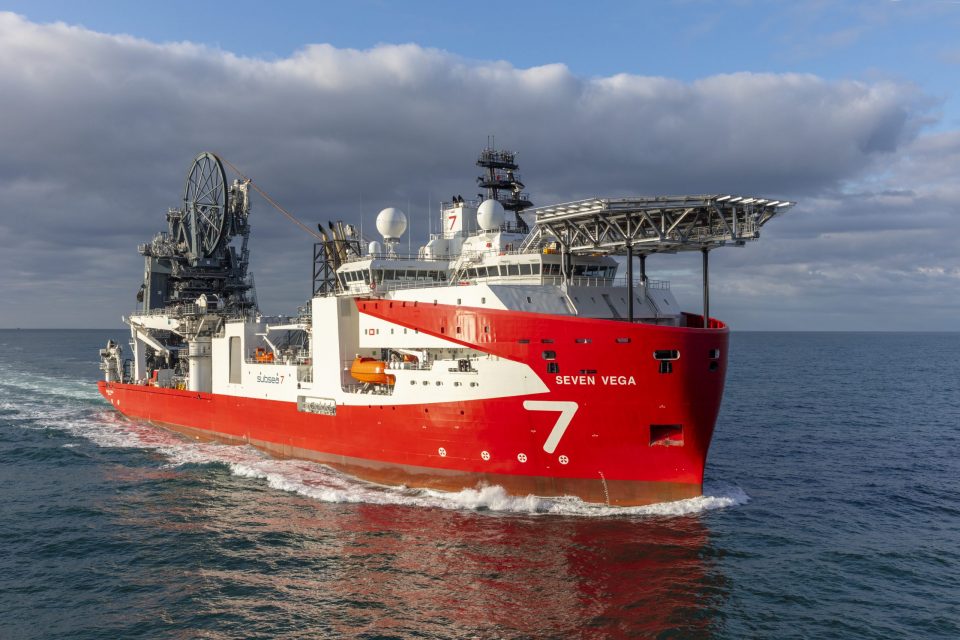Covid-19 has shown the world can’t do without ships and the (wo)men who run them. So all the more reason for SWZ|Maritime to pay extra attention to the importance of the position, operations and education of the seafarer. In addition, the February issue dives into the world of pipe-lay and takes a closer look at the fleet renewal at the KNRM.
The last couple of years before the Covid-19 pandemic, a lot has been written about automation of ships. Images of whole armadas of fully automated robot ships would soon take over the global fleets on the oceans. They could be just as easily run as the world’s largest model railway Miniatur Wunderland in Hamburg. But Covid-19 has shown ships are still essential, as are the people that operate them.
Highly educated
For a long time to come, most ships will just be operated by people on the bridge of these ships. Governments and politicians impose heavy requirements on those workers and good shipowners know what it takes to have highly educated and trained people on the helm of their sometimes hundreds of millions costing investments.
Graduates of the Dutch maritime nautical training institutes can count on one of the highest starting salaries. But then why are they treated so poorly in a lot of ports all around the world? Human rights apparently count for politicians like Russian Navalny, but not for the workers that are essential to provide the goods for our wellbeing.
So, plenty of reasons for SWZ|Maritime to pay extra attention in this February issue to the importance of the position, operations and education of the seafarer. Thanks to our colleague Annelinde Gerritsen for coordinating this special.
Seven Vega and KNRM
And SWZ|Maritime would not be what it is known for without special attention for ships built in the Netherlands, big or small. So, in this edition, a special report from our colleague Björn von Ubisch about what Dutch shipyard Royal IHC is known for: the construction of high-quality pipe-lay vessels. He wrote this article on the occasion of the sea trials and delivery of the Seven Vega, also shown on the cover.
And not just the big ships are important: when in distress at sea off the Dutch coast or on the inland waterways, it is good to know that there is a whole fleet of exceptionally seaworthy Search and Rescue (SAR) vessels available. They are always up to date with the latest technology, designed in intensive collaboration with the crews that man the rescue boats. Read what our colleague Sander Klos wrote about the latest fleet renewal programme of the KNRM (Royal Netherlands Sea Rescue Institution).
SWZ|Maritime also has an open eye and ear for interesting developments abroad. So also read the article about the HyMethShip, a project from the university of Graz in Austria.
This is editor-in-chief Antoon Oosting’s editorial accompanying the February 2021 issue. Unfortunately, our digital archive is currently unavailable. So, our magazine is only available to subscribers at the moment. Not yet a subscriber? Visit our subscription page.
Picture: The Seven Vega was designed and built by the Royal IHC shipyard in the Netherlands and represents the latest in pipe-lay technology with two reels, each with a horizontal shaft (photo Flying Focus).








